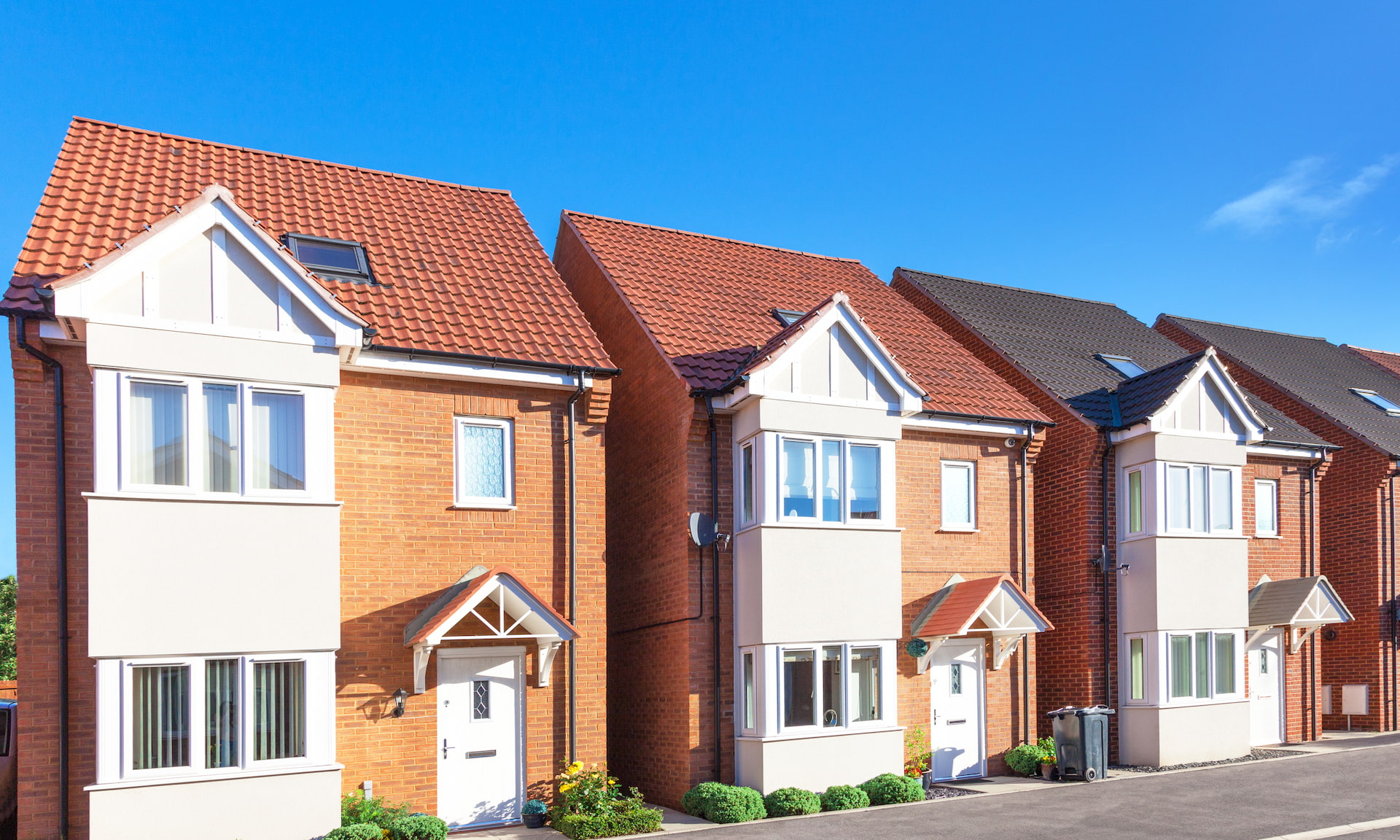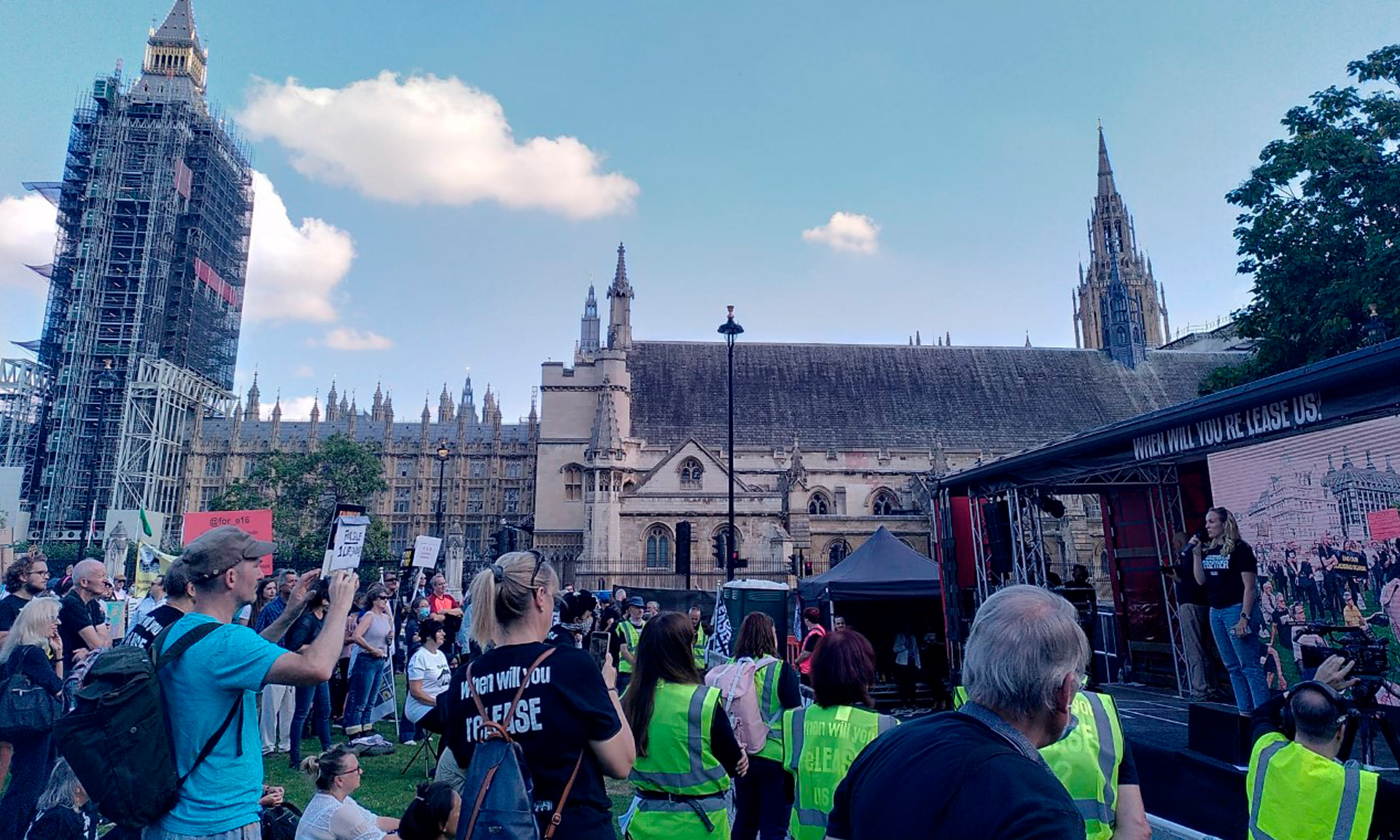
First-time buyers are being forced to put down big deposits as they struggle to keep pace with rising house prices.
Halifax’s annual First Time Buyer Review outlines the struggles facing people trying to get on the property ladder, with prices in some towns reaching more than 10 times their inhabitants’ annual wages.
Here, we look at the landscape for prospective buyers and offer advice on schemes that could help you buy a home in 2022.
Number of first-time buyers soars in 2021
The number of people buying their first home rose by 35% in 2021, as the government’s stamp duty holiday brought about a soaring property market.
According to Halifax, 409,370 first-time buyers got on to the property ladder last year, with the South East of England boasting both the highest number of buyers (85,666) and biggest year-on-year increase in buyers (49%).
First-time buyer numbers rose everywhere except Greater London, as buyers increasingly looked outside of the capital for cheaper homes and more space.
Rising house prices dent affordability
UK house prices increased by around 10% last year according to the Land Registry, but Halifax says prices paid by first-time buyers saw smaller rises of 3%.
On average, UK first-time buyers paid £264,140 in 2021. Wales (9%), Scotland (8%) and the North West of England (8%) saw the biggest increases, but prices dropped by 3% in London.
As house prices rise, affordability becomes more stretched. This trend led to the average age of first-time buyers rising to 32.
Unsurprisingly, London had the highest average age (33) while the North East of England and Yorkshire and the Humber had the lowest (30).
How affordability varies around the UK
Halifax’s data shows that buyers need to raise an average of 6.9 times their annual household income to get on to the property ladder, but affordability varies depending on where you’re buying a home.
The five most affordable local authorities in 2021 were all in Scotland. Clackmannanshire was the most affordable area, with prices averaging three times income, followed by West Dumbartonshire and East Ayrshire (3.2 times income).
At the other end of the table, the least affordable local authorities were all in London: Brent (12.3 times income), Camden (12.2 times) and Haringey (11.4 times).
The relationship between income and house prices has changed dramatically in the last decade. The most illuminating example is in Merton, South London. House prices in the leafy district rose from 4.8 times annual income in 2011 to 9.9 times in 2021.
First-time buyers put down bigger deposits
It’s possible to get a mortgage with a 5% deposit, but if you’re buying in a more expensive area you might need to put down a bigger amount to have any chance of getting a loan.
Generally speaking, mortgage lenders allow you to borrow up to four-and-a-half times your annual income, a figure well below the average of 6.9 times income required to get on the ladder/
Halifax says the average deposit put down by a first-time buyer in the UK in 2021 was 20%, with many buyers seeking help from the ‘bank of mum and dad’.
As the table below shows, the average amount put down by buyers varied depending on the area they purchased a property.
| Region | Average house price | Average deposit (£) | Average deposit (%) |
| London | £475,819 | £115,759 | 24% |
| Scotland | £166,919 | £37,038 | 22% |
| South West | £252,263 | £49,592 | 20% |
| South East | £320,591 | £60,593 | 19% |
| Northern Ireland | £156,594 | £29,199 | 19% |
| Wales | £180,392 | £33,622 | 19% |
| East of England | £303,166 | £55,250 | 18% |
| North West | £189,588 | £33,983 | 18% |
| West Midlands | £209,270 | £37,159 | 18% |
| East Midlands | £210,203 | £37,171 | 18% |
| North East | £151,814 | £26,769 | 18% |
| Yorkshire & The Humber | £177,683 | £31,212 | 18% |
Options for first-time buyers with small deposits
If you’re saving for your first home, there are some options you can look into if you’re worried about being priced out of the market.
Help to Buy
The Help to Buy equity loan scheme allows you to buy a new-build home with a 5% deposit
The government will provide you with an equity loan of up to 20% of the value of the property (40% in London).
This means you’ll only need to take out a mortgage for the remaining 75%, (55% in London) boosting your affordability and mortgage options.
Help to Buy has faced longstanding criticism over inflating the value of new-build properties, and last year the government introduced price caps, which limit how much developers can sell homes for.
First Homes scheme
The government’s First Homes scheme was launched last year. It allows first-time buyers to get up to 30% off the market price of a new-build home.
Not all new-build properties are available under the scheme, which is set to be rolled out more widely this year.
First Homes could offer a good route on to the property ladder, but there will be a limited number of homes available and demand is sure to be fierce.
Local authorities can offer priority to certain groups, such as keyworkers or local residents – check with your council about the rules in your area.
Shared ownership
Shared ownership schemes allow you to buy part of a leasehold flat and pay rent on the remainder, which is owned by a housing association.
These schemes are popular in expensive cities such as London, but they do have some drawbacks.
The combined cost of the mortgage, rent and service charges can be prohibitive, and some shared ownership properties have been caught up in the ongoing leasehold crisis.
Guarantor mortgages
If you’re struggling to meet the affordability rules set by lenders, a guarantor mortgage may offer you an alternative way of buying a home.
Guarantor mortgages involve a parent or family member using their savings or property as collateral for your home loan.
The eligibility rules on these mortgages vary, so it’s important to do your research before rushing in.
Mortgages with higher borrowing caps
As we mentioned earlier, most mortgage lenders will offer up to four-and-a-half times your annual income, but it can be possible to borrow more in some cases.
Some banks offer higher caps for specific buyers, for example if you work in an industry that is perceived to offer high wage-growth opportunities, or if you you’re willing to fix your mortgage rate for longer.
To learn more about your options, take advice from a whole-of-market mortgage broker.



